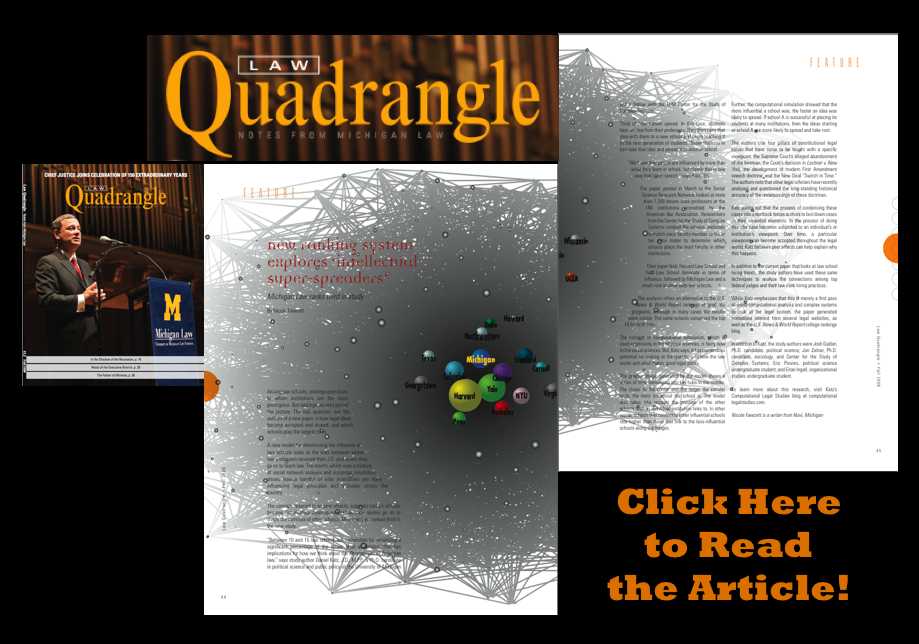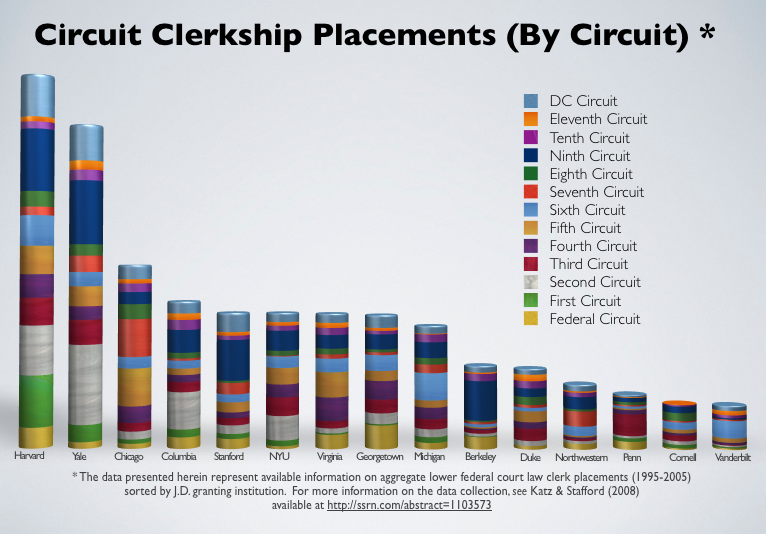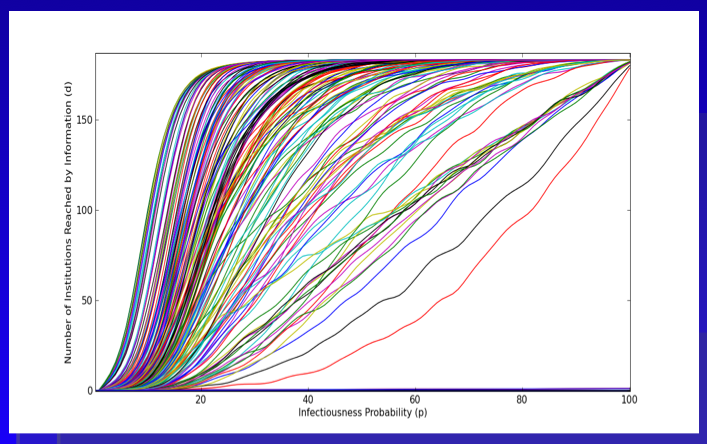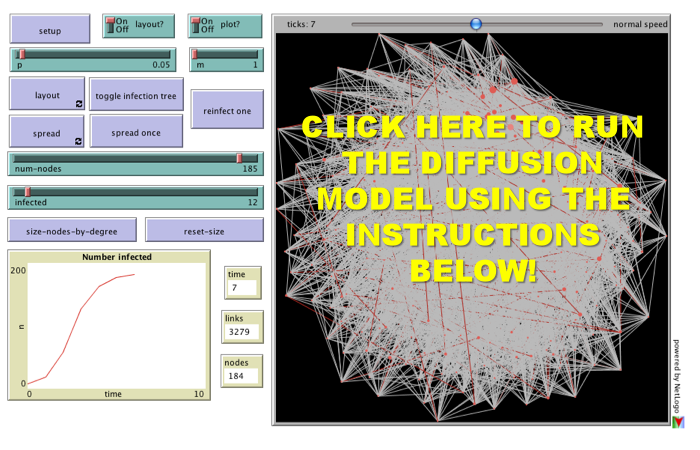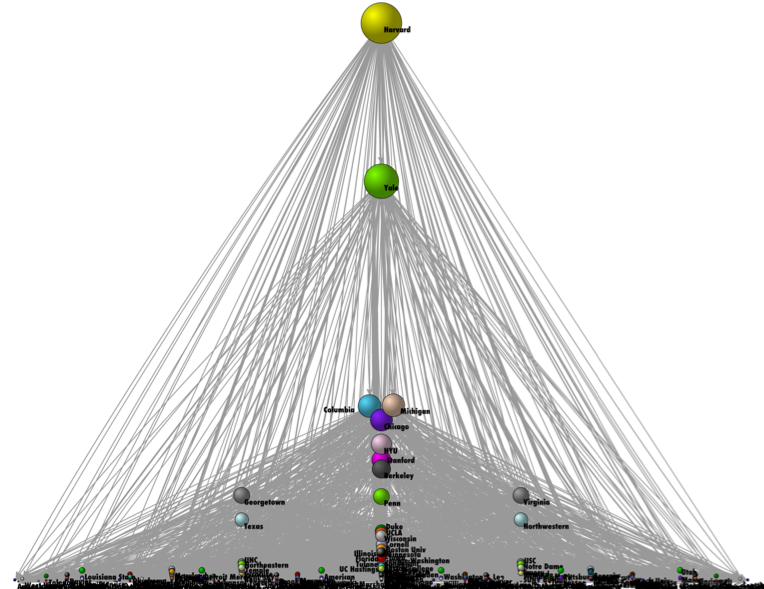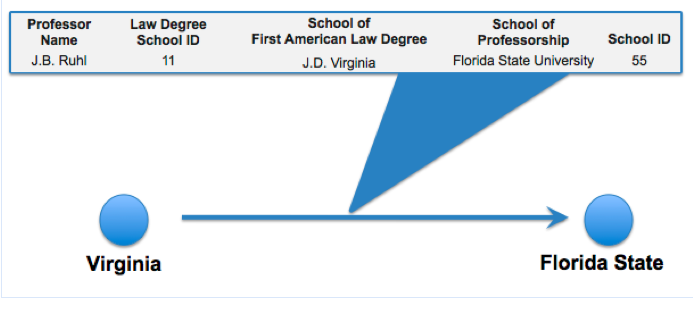
I have to admit that I got totally suckered by this April fools day post over at the Faculty Lounge. I did not carefully read all of the supporting details. So, (a) kudos for them for this great prank and (b) shame on me for skimming!
So I have been mulling it over a little bit … and although it was pitched as a joke … the MIT School of Law sounds like very interesting idea …
I guess part of why I was so willing to believe this post is because, in my estimation, it represented a good assessment of the state of the market for legal education. Namely, MIT School of Law seems like a plausible effort to capture and arguably better serve one particular subset of the market.
We live in the petabyte era and the impacts of the era of ‘big data’ are already remaking many sectors of the economy. It cannot be too long until the scope of available information fundamentally alters the market for legal services. Specifically, in terms of leveraging information technology to improve the quality and efficiency of legal services … my bet is on someone with an interest in attending the MIT Law School.
So, I know what you might be thinking… Isn’t it the case that lots of institutions offer courses and programs that would generally parallel those offered by MIT Law School? Well, yes.
However, I believe that an MIT law school would arguably differ from existing offerings in two important ways:
(1) Given a selective pool of students with prior technical training … the emphasis upon science and technology, etc. could be much more extensive. Indeed, one could imagine a legal curriculum that strongly emphasized science, technology, statistical training, mathematical and computational modeling, etc. There is a growing market for lawyers with this class of skills (but those jobs are currently in non-traditional places).
(2) Like in many other fields, a non-trivial amount of the substantive education is generated through peer-to-peer interaction outside of the classroom. A culture that was exclusively or nearly exclusively devoted to the integration of law, technology, applied math, computer science as well as the social and physical sciences could arguably do a better job of nurturing the development of a particular subset of the broader law student population.
I want to make sure it is clear that this post is not a general affront to state of American legal education. There are some serious issues in American legal education but I will leave this broader reform question to more qualified folks. Instead, this post is related to better serving a narrow slice of the market (i.e. law students with particular class of prior technical training).
Anyway, while this is probably not likely to come to pass … I still thought the idea was worthy of some sort of brief sketch … I mean if one thinks UC-Irvine has stormed the scene … seriously, think about what a MIT law school might be able to do!


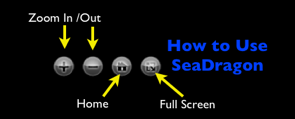 As we mentioned in previous posts,
As we mentioned in previous posts, 